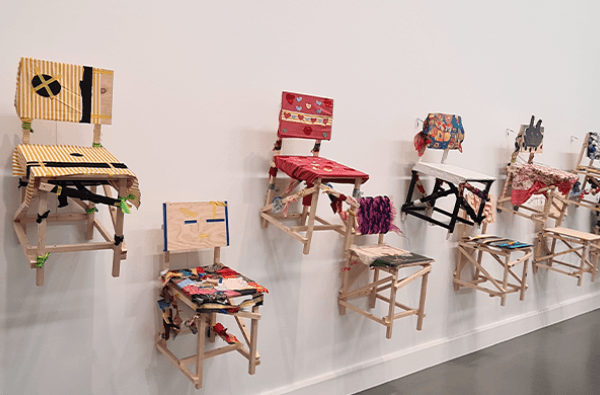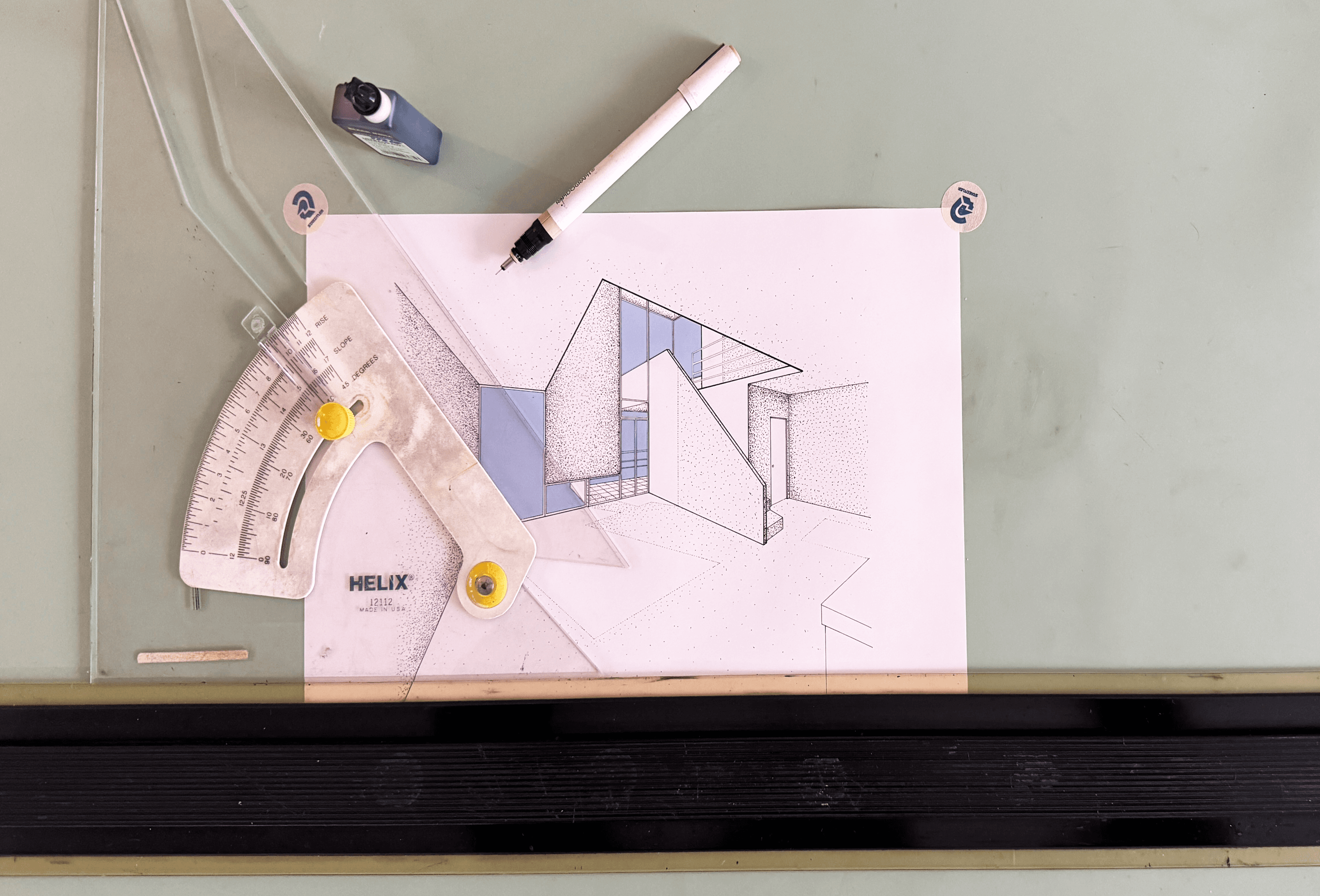— Interview
David Ashen
This award-winning NYC-based interior designer isn't hindered by scope of work when creating compelling experiential interiors.
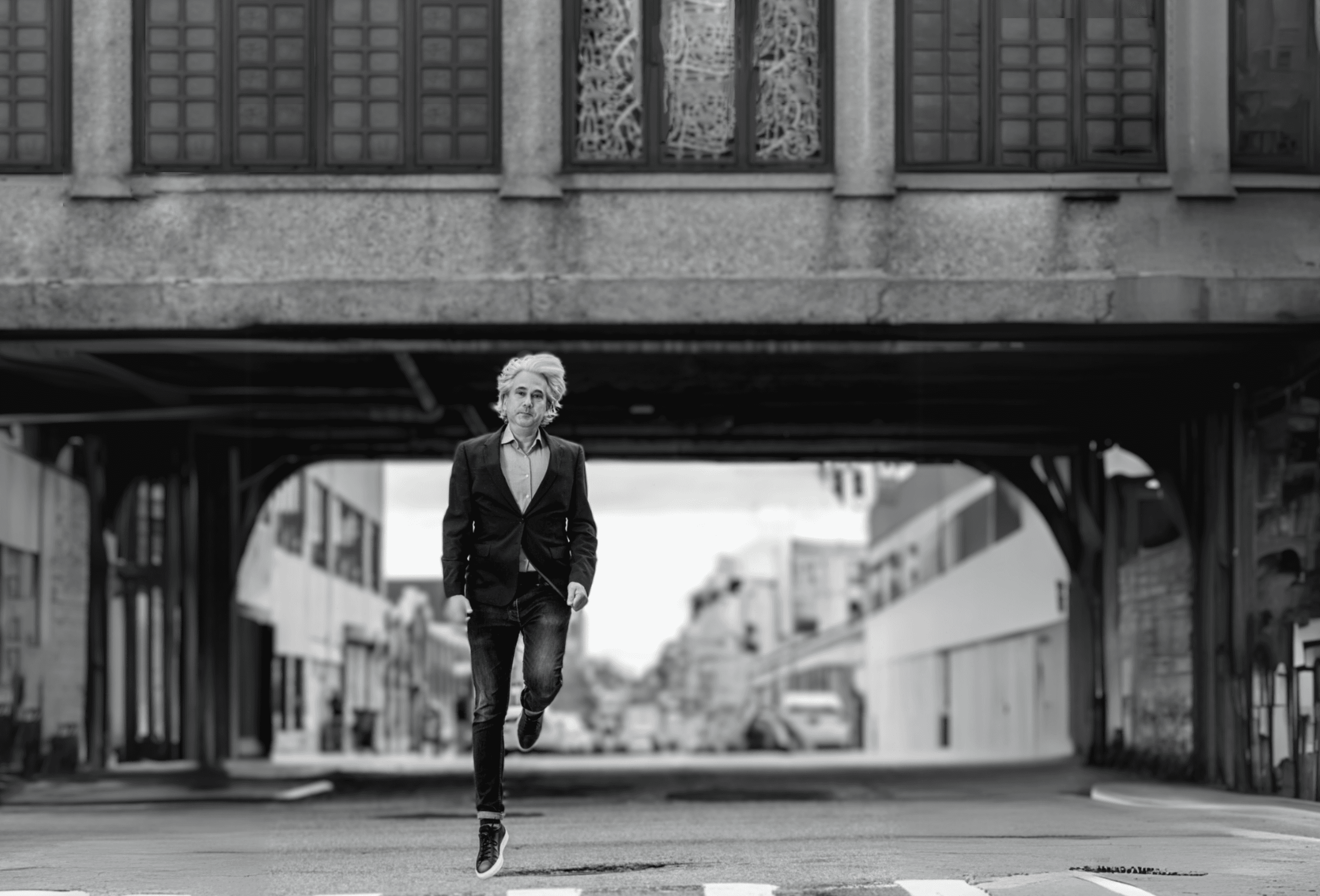
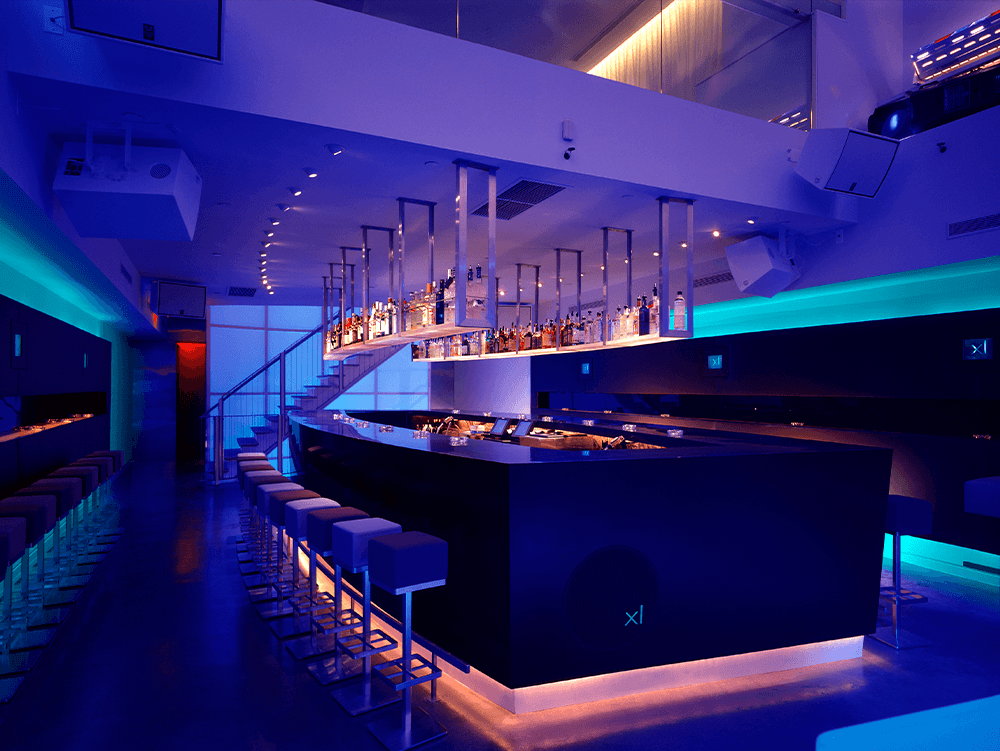

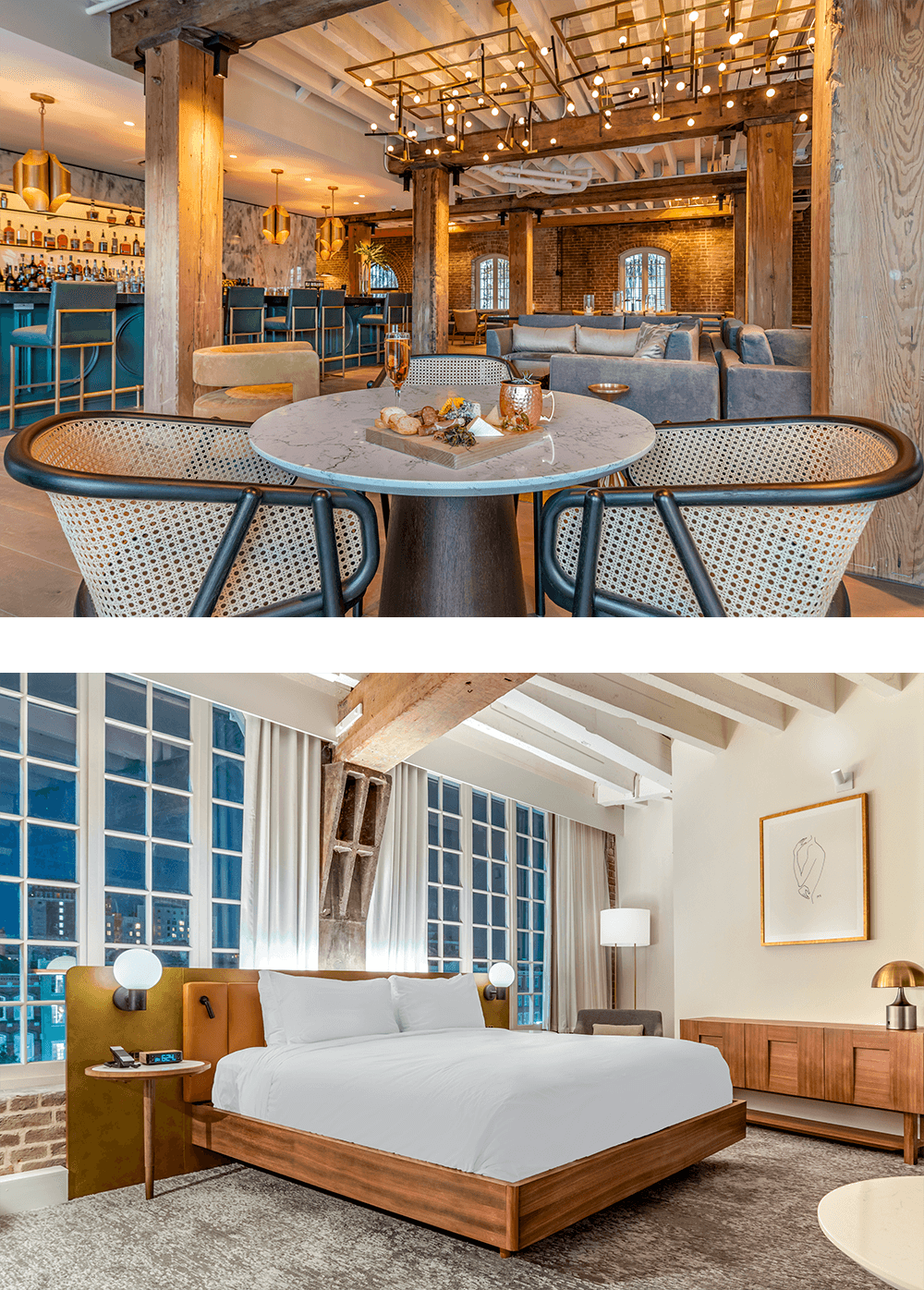
In his twenty-plus year career, David Ashen of Dash Design has built a reputation for engaging, experiential, and distinctively branded hospitality interiors, and with offices in New York, Paris, and Santiago, he’s taken his design philosophy international. Howl sat down with Ashen to talk branding environments, expanding one’s practice, and how to be an expert in everything.
I think that just as every person has their unique DNA, every environment has its unique DNA. The story is already there; it’s how you bring it to life and create an experience. Every touchpoint needs to be thought of when you’re creating something that’s for people. The design must be taken through all the touch points the guests have, from how they experience the staff, to what they hear, what they smell, what they touch, and what they taste. It’s about bringing that all together.
One from early in my career was a project I did called XL. It was one of the first high-end gay nightclubs in the country. We really got into the lighting design and the detailing. It was fun. It was very theatrical. I’ve worked with Godiva for 25 years. I was able to do a store in every major city in the world, so it really got me to understand cross-cultural differences. Hotel One11, which we just finished in New Orleans, was great. It was such a beautiful building. I’ve done some historic renovations, but this was a pretty intense design project. There were so many little puzzles that had to be figured out there.
They’re all interesting. When I was in graduate school, I had dinner with Bob Siegel, of Gwathmey Siegel. They had just designed their first skyscraper in Times Square; I had recently gone to a country club and seen that they had designed the dishes there. And I’m like, what do you learn more from, the dish or the skyscraper? And he said, ‘I learned just as much from designing the plate as I did from designing the building.’
Paris is a partnership. We have a joint venture called Saguez & Dash. We started ‘dating’ in 2019, and we formed the joint venture formally a couple of years ago. So that’s been easy. COVID was very, very helpful, because we learned how to work more effectively remotely. Prior to COVID, people were like, ‘They have an office in Paris and we have an office in New York, and we’re working the project together. How are we going to do that?’ Now we’ve all been working as teams remotely. We’ve proven we can do it.
Santiago happened organically. My partner is from Chile, so we have an apartment there. I’ve tried over the last 15 years to form relationships. About a year and a half ago, I hired an architect who lives in Chile. She understands both US culture, because she grew up here, and Latin American culture, because she’s been living there. That kind of just fell into place. Sometimes you can’t overthink things too much. It’s paralysis by analysis. You’ve got to go with your gut a little bit.

We’re providing a service. I always tell my team that people hire us to help ease their sore points. They hire us to take things off their plate that they don’t want to worry about. I find that the best relationships are the ones where I can anticipate the things that are keeping my clients awake, and make sure that they’re not keeping them awake. Even if it’s ‘not in my scope.’ Sometimes, somebody in my office will say something like, ‘The client is asking about the alarm clocks for the rooms, but that’s not in our scope.’ I never say that. I say ‘Don’t worry, we’ll help figure it out. I’ll find someone who can do that for you.’ But don’t throw it back in their court. It’s always an education, figuring out how best to be a good partner. And that means being able to anticipate what they need.
You know, it’s funny. Interior designers, we’re generalists, but we’re experts in everything. I’m not an expert on HVAC, and I’m not an expert on the performance of fabric, but I know enough to get you the answer and create a complete experience.

In his twenty-plus year career, David Ashen of Dash Design has built a reputation for engaging, experiential, and distinctively branded hospitality interiors, and with offices in New York, Paris, and Santiago, he’s taken his design philosophy international. Howl sat down with Ashen to talk branding environments, expanding one’s practice, and how to be an expert in everything.
I think that just as every person has their unique DNA, every environment has its unique DNA. The story is already there; it’s how you bring it to life and create an experience. Every touchpoint needs to be thought of when you’re creating something that’s for people. The design must be taken through all the touch points the guests have, from how they experience the staff, to what they hear, what they smell, what they touch, and what they taste. It’s about bringing that all together.

One from early in my career was a project I did called XL. It was one of the first high-end gay nightclubs in the country. We really got into the lighting design and the detailing. It was fun. It was very theatrical. I’ve worked with Godiva for 25 years. I was able to do a store in every major city in the world, so it really got me to understand cross-cultural differences. Hotel One11, which we just finished in New Orleans, was great. It was such a beautiful building. I’ve done some historic renovations, but this was a pretty intense design project. There were so many little puzzles that had to be figured out there.
They’re all interesting. When I was in graduate school, I had dinner with Bob Siegel, of Gwathmey Siegel. They had just designed their first skyscraper in Times Square; I had recently gone to a country club and seen that they had designed the dishes there. And I’m like, what do you learn more from, the dish or the skyscraper? And he said, ‘I learned just as much from designing the plate as I did from designing the building.’
Paris is a partnership. We have a joint venture called Saguez & Dash. We started ‘dating’ in 2019, and we formed the joint venture formally a couple of years ago. So that’s been easy. COVID was very, very helpful, because we learned how to work more effectively remotely. Prior to COVID, people were like, ‘They have an office in Paris and we have an office in New York, and we’re working the project together. How are we going to do that?’ Now we’ve all been working as teams remotely. We’ve proven we can do it.
Santiago happened organically. My partner is from Chile, so we have an apartment there. I’ve tried over the last 15 years to form relationships. About a year and a half ago, I hired an architect who lives in Chile. She understands both US culture, because she grew up here, and Latin American culture, because she’s been living there. That kind of just fell into place. Sometimes you can’t overthink things too much. It’s paralysis by analysis. You’ve got to go with your gut a little bit.


We’re providing a service. I always tell my team that people hire us to help ease their sore points. They hire us to take things off their plate that they don’t want to worry about. I find that the best relationships are the ones where I can anticipate the things that are keeping my clients awake, and make sure that they’re not keeping them awake. Even if it’s ‘not in my scope.’ Sometimes, somebody in my office will say something like, ‘The client is asking about the alarm clocks for the rooms, but that’s not in our scope.’ I never say that. I say ‘Don’t worry, we’ll help figure it out. I’ll find someone who can do that for you.’ But don’t throw it back in their court. It’s always an education, figuring out how best to be a good partner. And that means being able to anticipate what they need.
You know, it’s funny. Interior designers, we’re generalists, but we’re experts in everything. I’m not an expert on HVAC, and I’m not an expert on the performance of fabric, but I know enough to get you the answer and create a complete experience.
